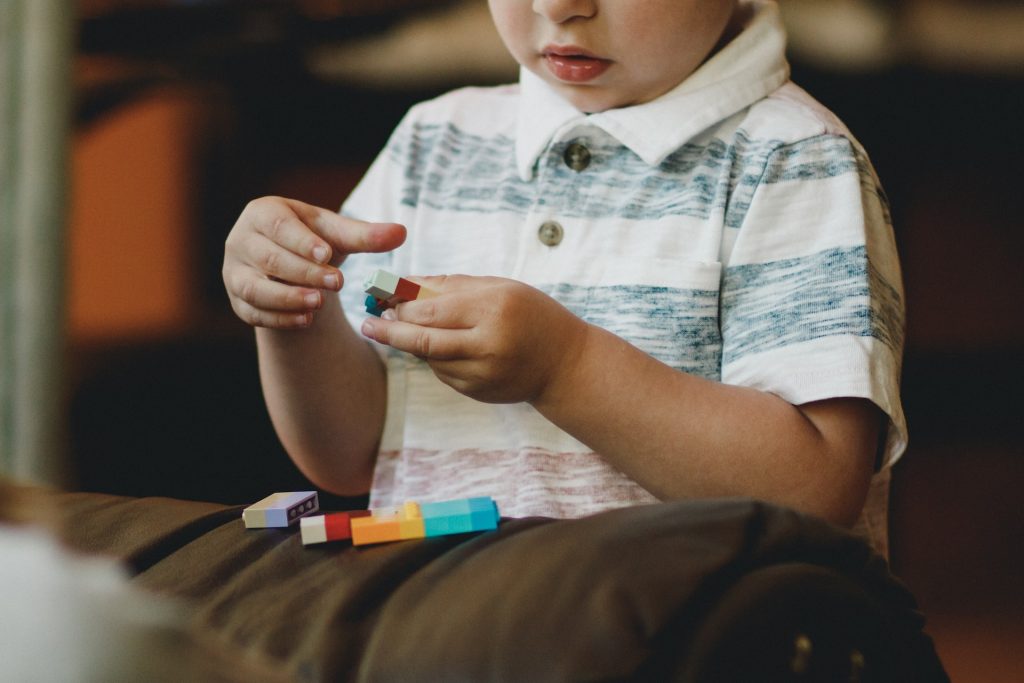Autism falls under the umbrella of neurodiversity – a group with unique differences to be respected and celebrated. Neurodiverse or neurodivergent refers to those with autism, sensory profiles, processing disabilities, ADHD, ADD, and dyslexia, among other developmental differences.
Neurotypical refers to people with “typical” neurological functioning and development. The Autism Rights Movement (ARM) is a social movement that encourages autistic individuals, their caregivers and the broader society to adopt an accepting mindset of autism being a variation in functioning rather than a mental disorder to be cured. If you have met one person with autism then you have met one person with autism – there are no two autistic individuals alike.
Autistic people may have variances in social communication and interaction as well as restricted or repetitive patterns of behaviour, interests, or activities. This may look like avoidance of eye contact, flapping or rocking behaviours or intense sensory reactions to smells, tastes, textures, sounds, or lights.
Stimming is the word used to describe self-stimulating repetitive body movements such as hand clapping or rubbing an object repeatedly. Stimming often helps an autistic person self-soothe, cope with sensory overload, or navigate potentially uncomfortable situations. Although stimming is observed among the neurotypical and neurodiverse populations, it is more prevalent in the neurodiverse group.

Autism In Women
Autism in girls and women is often overlooked or misdiagnosed. Why? The answer isn’t a clear-cut one, but many advocates propose girls and women are able to “camouflage” their autistic characteristics and thereby, mask “typical” autistic features. Girls and women may be better able to learn, either consciously or unconsciously, neurotypical social cues and interactions such as eye contact, conversation reciprocity and social scripts.
For example, an autistic girl may be able to observe her neurotypical friend engage in social interaction, and subsequently, mirror her friends’ neurotypical social skills in the future. Presently, there is more awareness of autism in females, but males continue to be more commonly and accurately diagnosed. This is concerning because a misdiagnosis or no diagnosis at all will not lead to the appropriate care and services that may be incredibly valuable for autistic girls and women.
Autistic masking also affects boys and men and can be extremely harmful leading to anxiety, depression, lowered self-esteem, autistic burnout, and more alarmingly, suicidal ideation.
Autistic Burnout
Autistic burnout is intensely emotional, mental, and/or physical exhaustion that some autistic people experience primarily, due to the collective effect of having to navigate a world that is designed for neurotypical people. Autistic burnout may feel overwhelming and affect an autistic person’s day-to-day activities and overall, health and well-being. Masking one’s authentic autistic communication style, imitating body language and facial expressions of neurotypical people, forcing eye contact, concealing stimming, and masking sensory overload are examples of what may lead an autistic person to feel burnt out over time. Additionally, society places the responsibility on the autistic person to communicate, socialize, and behave like non-autistic people further adding to the exhaustion.

Crossroad Collective
At Crossroads Collectives, we take great care to provide non-ableist, neurodivergent-affirming care. This includes a safe and nurturing atmosphere for our neurodiverse clients. We foster close relationships within the neurodiverse community and adopt practices that are reflective of their unique needs. We take care to promote neurodivergent-affirming therapy goals such as self-advocacy and self-determination. Autistic lived experiences tell us that training autistic people to perform like the neurotypical population is dehumanizing, demeaning, and ableist.
It enforces masking, loss of identity, and chronic anxiety, and simply doesn’t work. Instead, many of our clients engage in play. Autistic play is authentic play; it is functional for autistic people. Autistic people are capable of learning, growing, and developing, just like all people do when they are well-supported. In the end, autistic people are… just people. Autistic behaviour is human behaviour!
Written by Brandi Woods

